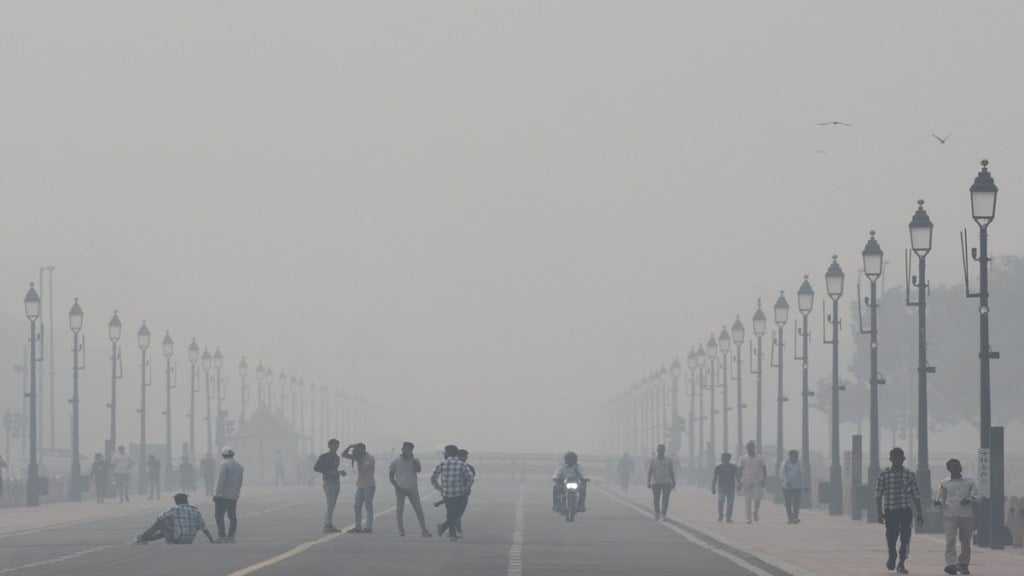The overall air quality in Delhi was recorded as ‘severe’ on Thursday morning, with a slight improvement anticipated before Diwali due to changing meteorological conditions. The Air Quality Index (AQI) was recorded at 420 at 8 am on Thursday, a slight decrease from the previous day.
The Central Pollution Control Board’s AQI map indicated hazardous air quality in various areas of the Indo-Gangetic plains, including neighboring neighbouring Ghaziabad (369), Gurugram (396), Noida (394), Greater Noida (450), and Faridabad (413), as PTI reported.
The India Meteorological Department mentioned that a shift in wind direction and a western disturbance affecting northwest India would help reduce smoke from stubble burning. However, slow wind speed may counteract this effect. After the western disturbance passes, wind speed is expected to increase, aiding in pollutant dispersion before Diwali.
Data from the Decision Support System revealed that stubble burning in neighboring states, particularly Punjab and Haryana, contributed significantly to Delhi’s air pollution. Stubble burning was responsible for 38% of the pollution on Wednesday, likely decreasing to 27% on Thursday and 12% on Friday. Transport also played a substantial role, contributing 12-14% to Delhi’s air pollution.
Due to worsening air quality, the Delhi government rescheduled the school winter break from November 9 to November 18. App-based taxi services were banned from entering Delhi as per Supreme Court orders.
Implementing the odd-even car rationing scheme in the national capital will be subject to a Supreme Court review, with the next hearing scheduled for Friday. The court had previously questioned the scheme’s effectiveness in curbing vehicular pollution.
What is the Air Quality Index (AQI)?
The Air Quality Index (AQI) is a vital tool for effectively communicating air quality status to the public in an easily understandable manner. It consists of six AQI categories: Good, Satisfactory, Moderately Polluted, Poor, Very Poor, and Severe.
Each category is determined based on the levels of ambient concentrations of air pollutants and their potential health impacts, known as health breakpoints. According to the AQI scale, air quality falls into the following ranges: 0 to 50 is ‘good,’ 51 to 100 is ‘satisfactory,’ 101 to 200 is ‘moderate,’ 201 to 300 is ‘poor,’ 301 to 400 is ‘very poor,’ and 401 to 450 is ‘severe.”
(With PTI Inputs)

